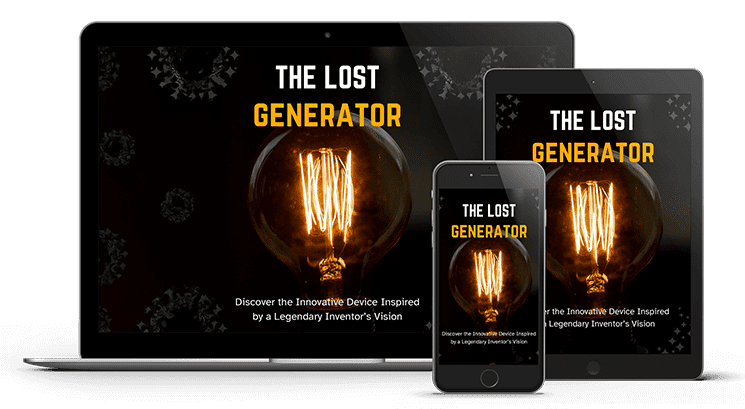It was the third major storm that season. Rain lashed the windows, wind howled like it was trying to get in, and then… click. Darkness. Silence. Just the frantic glow of my phone illuminating my daughter’s worried face. “Mom? How long this time?” she whispered. The freezer hum stopped. The Wi-Fi died. That familiar knot of anxiety tightened in my stomach. How many hours? Or days? Again.
Living in our rural area, power outages weren’t just inconvenient; they were stressful, expensive, and frankly, a little scary. Spoiled groceries, missed work, huddling under blankets hoping the pipes wouldn’t freeze… and the bills? Watching those electric rates creep up felt like being held hostage. I hated feeling so utterly dependent on a grid that seemed increasingly fragile, and completely helpless when it failed. My husband, Mike, would joke about moving off-grid, but the cost of a whole-house generator? Astronomical. The noisy, gas-guzzling portable ones? A hassle to store and run. We felt stuck.
Then, after venting (again) on a family Zoom call, my brother-in-law, Dave, the practical one, emailed me a link. “Saw this, Sarah,” his message read. “Seems like a smart, low-cost backup option. Might be worth a look?” Honestly, I was skeptical. Another internet “miracle solution”? But the subject line mentioned something about building a basic power backup yourself. Curiosity got the better of me.
The link led to The Lost Generator. It wasn’t selling a physical product, but a detailed guide – plans, really. It explained, in surprisingly clear language, how to assemble a simple, effective power backup system using readily available components. No promises of running your entire mansion indefinitely. Just a practical, affordable way to keep essentials going: lights, fridge, phone charger, maybe a small heater fan. Crucially, it emphasized safety and realistic expectations. It felt grounded, not gimmicky.
My biggest hurdle? I’m not an electrician. Mike’s handy, but we’re not building robots in the garage. The guide, though, was different. It broke everything down step-by-step, with photos and plain English explanations. It focused on using common tools and sourcing parts affordably. It felt… doable. We decided to give it a try, cautiously setting aside a weekend, more as an experiment than anything.
The process wasn’t instantaneous magic, but it was genuinely manageable. We followed the instructions carefully, double-checking connections. It involved some basic assembly, like following clear Lego instructions, but for power. Seeing the components come together, understanding how it worked (thanks to the guide’s clear explanations), was actually empowering. The real moment? When we tested it for the first time during a brief afternoon outage. A single lamp flickered on in the living room, powered by our own little system. The relief wasn’t just about the light; it was about the control. We’d made this. We weren’t helpless anymore.
Life didn’t suddenly become a utopia. But the worry? That lifted significantly. The next time storm clouds rolled in, it was different. There was no frantic scramble for flashlights or worrying about the fridge. We knew we had a backup plan humming quietly in the corner. That constant background anxiety about being unprepared? Gone. We even noticed a small, pleasant dip in our regular electric bill when we used the system for minor things during peak hours – a bonus we hadn’t even counted on!
Mike couldn’t resist showing it off (subtly, of course) when our neighbor, Tom, popped over during another brief flicker. Tom saw our lamp still on. “How’d you manage that?” he asked. Mike explained the basics, how we followed the guide. Tom, another practical guy, was genuinely intrigued. A week later, he texted: “Started building mine in the garage. That guide is legit!” I’ve seen similar comments online too – ordinary people sharing how this approach gave them a tangible sense of security without breaking the bank.
The biggest change isn’t measured in watts. It’s measured in peace. We sleep better during storms. We don’t dread the weather forecast. We feel a quiet confidence knowing we’ve taken a practical step to protect our home and family. It’s not about being completely off-grid; it’s about not being completely at the mercy of the grid. That feeling of self-reliance, however small, is incredibly powerful.
It’s amazing how much calmer life feels when you’re no longer sitting in the dark, waiting helplessly for the lights to come back on.
>> Click here to learn how you can build your own off-grid power backup at home.








